Table of Contents
Introduction to Chipotle Spice
Chipotle spice is a fundamental ingredient in Mexican cuisine, made from smoked and dried jalapeño peppers. This unique seasoning has a complex flavor profile with deep smokiness, earthy notes, and a medium-to-high heat level ranging from 2,500 to 8,000 Scoville Heat Units (SHU). Unlike fresh jalapeños, which are crisp and vegetal, chipotle peppers undergo a traditional smoking process that transforms their flavor and texture, making them indispensable in authentic Mexican dishes.
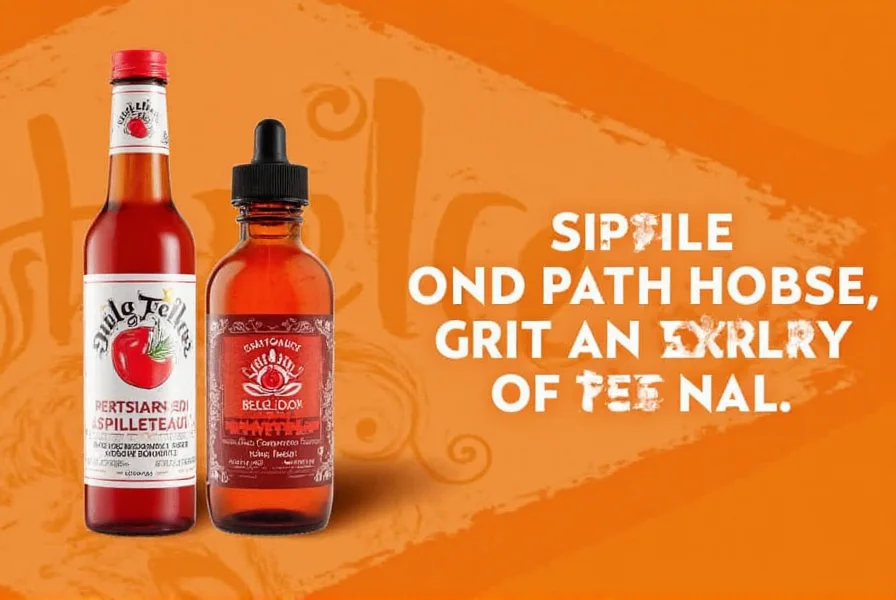
What Is Chipotle Spice?
Chipotle spice originates from the Nahuatl word "chilpoctli," meaning "smoked chili." It's made by smoking ripe red jalapeño peppers over wood fires (typically mesquite or pecan) for several days until fully dried. This smoking process caramelizes natural sugars, creating complex flavors that include notes of smoke, sweetness, earthiness, and a distinctive fruity undertone.
Unlike many commercial blends, pure chipotle spice contains only ground chipotle peppers with no additives. The smoking process reduces moisture content from about 90% in fresh jalapeños to less than 10%, concentrating the flavor and heat. Authentic chipotle peppers are traditionally produced in the Mexican states of Jalisco and Michoacán, where the climate and soil conditions are ideal for growing high-quality jalapeños.
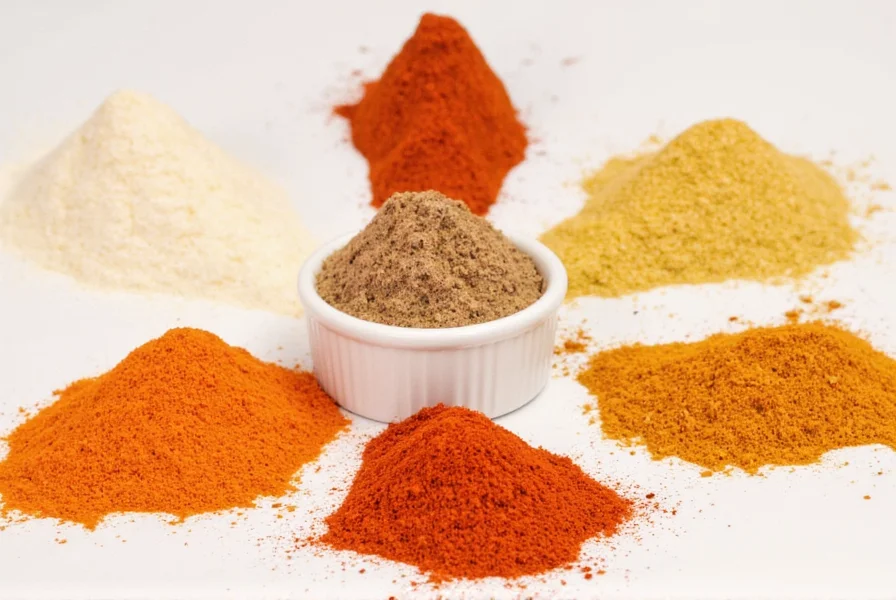
History and Production Process
Chipotle peppers have been used in Mexican cuisine since pre-Hispanic times. Indigenous peoples discovered that smoking peppers preserved them through the dry season while enhancing their flavor. Traditional production involves:
- Selecting fully ripe red jalapeños (not green ones)
- Smoking over low heat for 2-4 days using specific wood types
- Drying completely in the sun or dehydrators
- Grinding into fine powder or using whole peppers
Modern commercial production often uses industrial smokers, but artisanal producers still follow traditional methods. The smoking temperature is critical—typically between 120-140°F (49-60°C)—to preserve flavor compounds without burning the peppers. Properly smoked chipotles should have a deep reddish-brown color, not black.
Flavor Profile and Heat Level
Chipotle spice offers a multi-dimensional flavor profile:
- Smokiness: The dominant characteristic from the wood-smoking process
- Earthiness: Deep, soil-like notes from the pepper's natural compounds
- Sweetness: Caramelized sugars from the smoking process
- Fruity undertones: Subtle berry-like notes that balance the heat
- Heat level: 2,500-8,000 SHU (medium to high), significantly milder than habanero but hotter than ancho peppers
Unlike cayenne or chili powder, chipotle's heat builds gradually and lingers pleasantly rather than being sharp or immediate. The smoke compounds (guaiacol and syringol) create a unique flavor that can't be replicated by simply adding smoke flavoring to regular chili powder.
| Spice | Flavor Profile | Heat Level (SHU) | Best For |
|---|---|---|---|
| Chipotle | Smoky, sweet, earthy, fruity undertones | 2,500-8,000 | Authentic Mexican dishes, barbecue, adobo marinades |
| Smoked Paprika | Smoky, sweet, mild | 0-500 | Roasted vegetables, soups, paella |
| Chipotle Powder (Blended) | Smoky with added cumin, garlic, oregano | 1,500-5,000 | Quick seasoning for tacos, chili, or grilled meats |
| Chili Powder | Spicy with cumin, oregano, garlic | 1,000-3,000 | Stews, chili con carne, Tex-Mex dishes |
| Ancho Pepper | Sweet, raisin-like, mild smokiness | 1,000-1,500 | Mole sauces, adobo, Mexican stews |
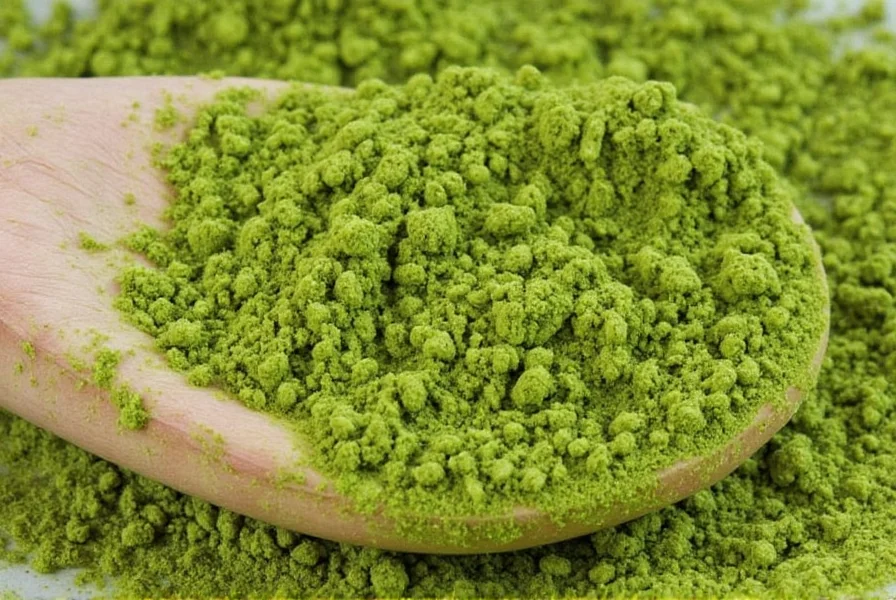
Culinary Uses and Applications
Chipotle spice is incredibly versatile in both traditional and modern cuisine:
- Authentic Mexican dishes: Essential for mole sauces, adobo marinades, and salsa macha. Traditional recipes often use whole chipotles in adobo sauce.
- Barbecue and grilling: Mix with brown sugar, salt, and coffee for dry rubs on ribs or brisket. The smoke complements wood-fired grilling.
- Marinades: Combine with lime juice, olive oil, garlic, and cumin for chicken, pork, or fish. The acidity tenderizes while the chipotle adds depth.
- Sauces and dips: Add 1/4-1/2 teaspoon to tomato-based sauces for complexity. Blend with sour cream for chipotle crema or mix with avocado for smoky guacamole.
- Baked goods: Use sparingly (1/8 teaspoon per batch) in chocolate brownies or cookies for a sophisticated sweet-savory contrast.
Professional chefs recommend starting with small amounts—typically 1/4 teaspoon per pound of meat—and adjusting to taste. Chipotle's flavor intensifies when cooked, so add it early in the cooking process for maximum integration.
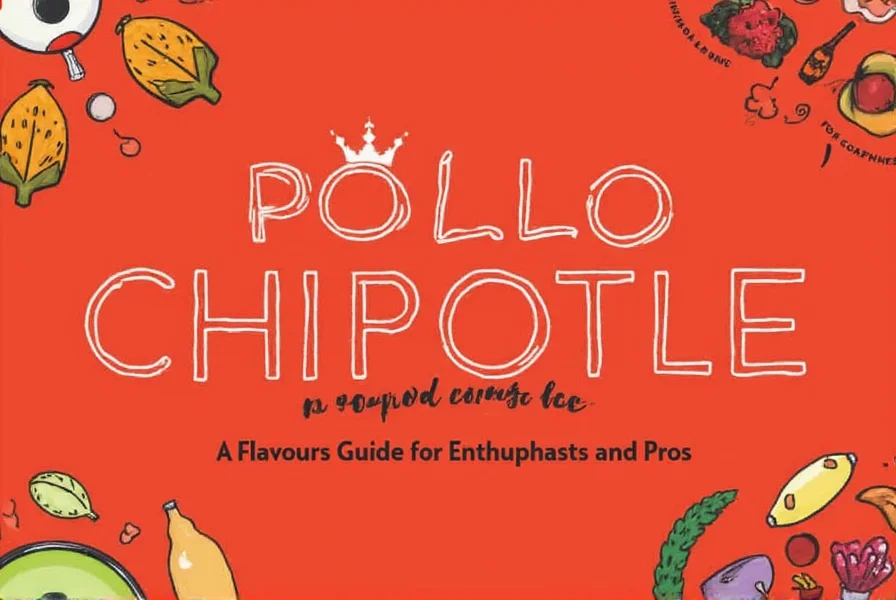
Buying Guide: How to Choose Authentic Chipotle Spice
Key Quality Indicators
- Purity: Look for "100% chipotle pepper" or "ground chipotle" on labels. Avoid products listing "spices" or "seasonings" as primary ingredients.
- Color: Authentic chipotle should be deep reddish-brown, not black or overly dark (which indicates burning).
- Texture: Fine grind (100-200 micron) works best for sauces and rubs; coarse grind (300-500 micron) is better for sprinkling on finished dishes.
- Origin: Mexican-sourced chipotle (particularly from Jalisco or Michoacán) has superior flavor profile compared to other regions.
- Smell: Should have a rich, smoky aroma with sweet undertones—not musty or overly pungent.
Top Brand Comparisons
- McCormick Chipotle Ground Pepper: Consistent quality, good for everyday use. Contains 100% chipotle peppers but may lack the depth of artisanal brands.
- Penzeys Smoked Chipotle Pepper: Premium option with complex flavor profile. Sourced from specific Mexican farms and smoked with pecan wood for distinctive notes.
- La Costeña Chipotle Peppers in Adobo: Whole peppers in tomato-based sauce—ideal for authentic Mexican cooking where texture matters.
- Spice House Chipotle Powder: Small-batch producer with exceptional flavor complexity and vibrant color.
What to Avoid
- Products labeled "chipotle seasoning"—these typically contain fillers and artificial smoke flavoring
- Black or overly dark powder (indicates burning during smoking)
- Products without country of origin information
- Excessively cheap options (authentic chipotle requires significant labor and time to produce)
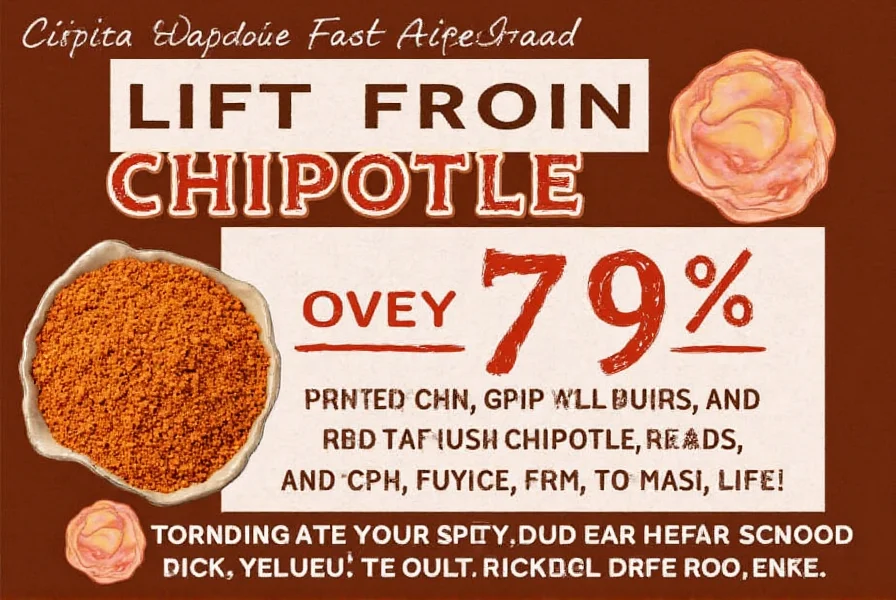
Storage Tips and Health Benefits
Storage: Store chipotle spice in an airtight container away from light and heat. Properly stored, it maintains peak flavor for 6-12 months. For longer storage (up to 2 years), keep in the freezer. Always use dry utensils to prevent moisture contamination.
Health Benefits: Chipotle peppers contain capsaicin, which has been shown to:
- Boost metabolism by 5-8% for several hours after consumption
- Reduce inflammation through anti-inflammatory compounds
- Support cardiovascular health by improving blood circulation
- Provide vitamin A (from beta-carotene) for immune support
Unlike many processed spices, pure chipotle contains no artificial additives or preservatives. The smoking process preserves natural antioxidants that may be lost in other drying methods.
Conclusion
Chipotle spice is much more than just a "smoky chili powder"—it's a complex flavor ingredient with deep cultural roots in Mexican cuisine. Made from traditionally smoked jalapeños, it offers a unique balance of smokiness, sweetness, and moderate heat that elevates both traditional and modern dishes. When selecting chipotle, prioritize purity, origin, and color to ensure authentic flavor. Proper storage preserves its complex profile, while its natural compounds offer health benefits beyond flavor enhancement. Whether you're making authentic mole sauce or experimenting with smoky desserts, understanding chipotle's true nature transforms it from a simple spice to a culinary essential.
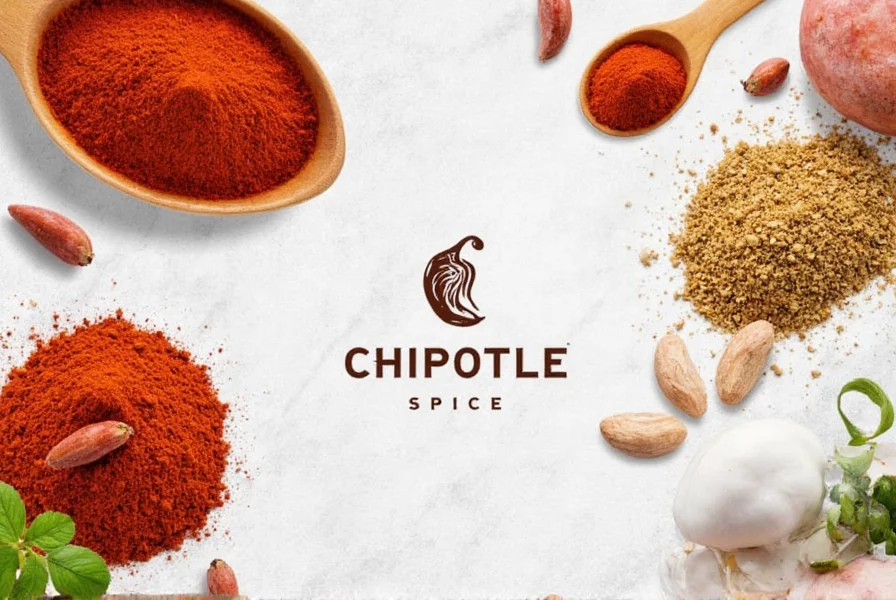

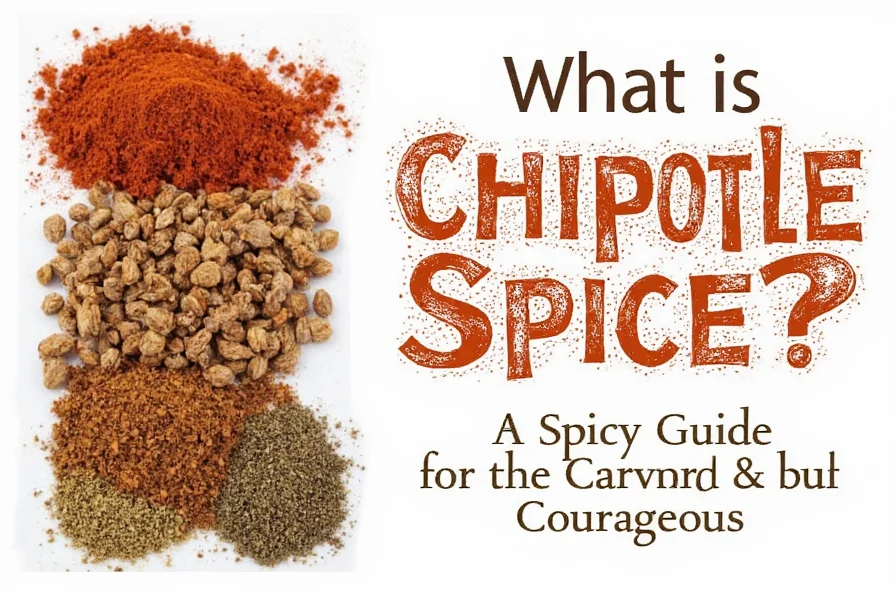









 浙公网安备
33010002000092号
浙公网安备
33010002000092号 浙B2-20120091-4
浙B2-20120091-4